Home>Gardening & Outdoor>Landscaping Ideas>How To Turn Grass Green Again
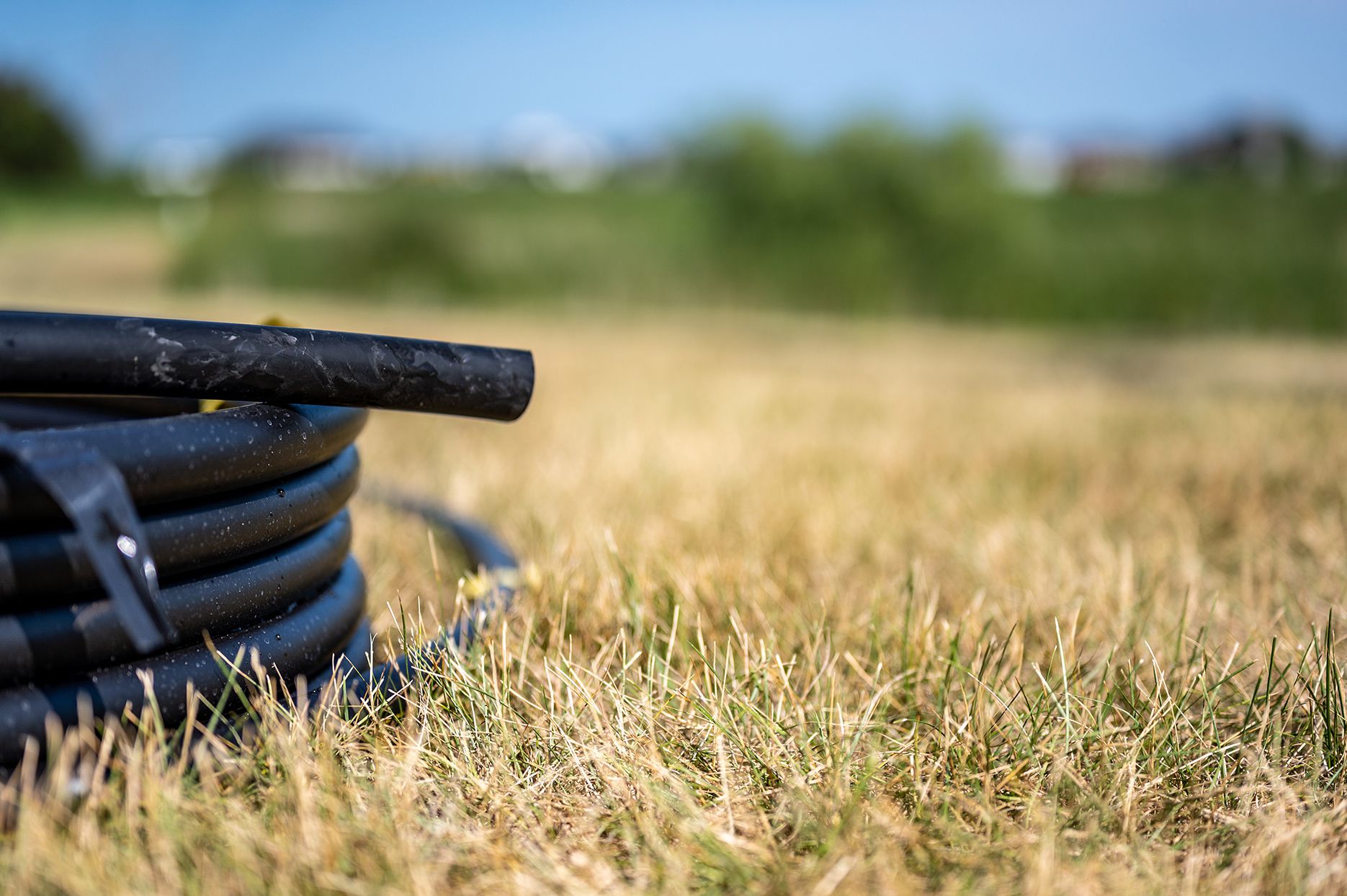

Landscaping Ideas
How To Turn Grass Green Again
Modified: October 20, 2024
Revitalize your lawn with effective landscaping ideas. Learn how to turn grass green again and restore the beauty of your outdoor space. Discover expert tips and techniques.
(Many of the links in this article redirect to a specific reviewed product. Your purchase of these products through affiliate links helps to generate commission for Storables.com, at no extra cost. Learn more)
Introduction
Creating a lush, vibrant green lawn is a goal for many homeowners and landscape enthusiasts. The sight of a beautifully manicured expanse of green grass can evoke a sense of tranquility and natural beauty. However, maintaining green grass can be a challenge, especially when faced with factors such as drought, heat stress, or nutrient deficiencies. Understanding the causes of grass turning brown is crucial in addressing the issue effectively.
In this comprehensive guide, we will explore the various reasons why grass may lose its green hue and delve into the steps you can take to rejuvenate your lawn. By implementing the right techniques and understanding the needs of your grass, you can restore its verdant appearance and promote a healthy, thriving lawn. Let's embark on this journey to uncover the secrets of turning brown grass green again, and discover the joy of nurturing a vibrant, verdant lawn.
Key Takeaways:
- Transforming brown grass into lush green requires addressing factors like soil compaction, nutrient deficiencies, and proper watering and fertilizing techniques.
- Ongoing maintenance, including consistent mowing, weed control, and seasonal considerations, is crucial for sustaining the green vibrancy of your grass.
Read more: How To Get Your Grass Green Again
Understanding the Causes of Grass Turning Brown
When your once-lush green lawn starts to turn brown, it can be disheartening. However, understanding the underlying causes of this discoloration is the first step towards remedying the issue. Several factors can contribute to grass losing its green color:
- Drought: Extended periods of insufficient moisture can cause grass to turn brown as it enters a state of dormancy to conserve energy and water.
- Heat Stress: High temperatures and intense sunlight can scorch grass, leading to browning and dry patches.
- Compacted Soil: Soil compaction restricts root growth and limits the absorption of essential nutrients and water, resulting in brown, unhealthy grass.
- Improper Mowing: Cutting grass too short can stress the plants and leave them vulnerable to browning and damage.
- Nutrient Deficiencies: Inadequate levels of essential nutrients, such as nitrogen, potassium, and iron, can lead to yellowing and browning of grass blades.
- Thatch Buildup: A thick layer of thatch prevents water and nutrients from reaching the soil and can contribute to grass discoloration.
- Compromised Root Systems: Diseases, pests, and environmental stressors can damage the roots of grass, impeding their ability to uptake water and nutrients, resulting in browning and wilting.
By recognizing these potential causes, you can assess the specific issues affecting your lawn and take targeted steps to address them. In the following sections, we will explore effective strategies to turn your brown grass green again, revitalizing your lawn and restoring its natural beauty.
Steps to Turn Grass Green Again
Reviving brown grass and restoring its lush green color involves a multi-faceted approach that addresses the underlying causes of discoloration. By following these steps, you can rejuvenate your lawn and promote healthy, vibrant grass:
- Identify the Underlying Issue: Assess the condition of your lawn to determine the specific factors contributing to the brown discoloration. This may include examining the soil, checking for signs of pests or diseases, and evaluating the overall health of the grass.
- Aerate the Soil: Compacted soil can hinder the growth of healthy grass. Aerating the soil allows for better air, water, and nutrient penetration, promoting root development and overall lawn health.
- Overseed Bare Patches: Reseeding bare or thinning areas of the lawn can help fill in gaps and promote a denser, greener turf.
- Adjust Mowing Practices: Raise the cutting height of your mower to avoid stressing the grass, and ensure that the blades are sharp to prevent tearing and damage to the grass blades.
- Address Thatch Buildup: Dethatching the lawn can help remove the layer of organic debris that may be preventing water and nutrients from reaching the soil and roots.
- Apply a Balanced Fertilizer: Providing essential nutrients through fertilization can help replenish the soil and promote healthy grass growth. Look for a fertilizer with a balanced NPK ratio and supplemental micronutrients.
- Water Deeply and Consistently: Proper watering is essential for grass health. Deep, infrequent watering encourages deep root growth and helps the grass withstand periods of drought and heat stress.
- Monitor and Control Pests and Diseases: Address any pest infestations or diseases that may be impacting the health of your lawn. Implement appropriate control measures to mitigate damage and promote recovery.
By following these steps and addressing the specific needs of your lawn, you can effectively turn brown grass green again, revitalizing your outdoor space and creating an inviting, lush landscape for enjoyment.
Watering and Fertilizing Techniques
Proper watering and fertilizing are essential components of lawn care that can significantly impact the health and appearance of your grass. Implementing effective techniques in these areas can play a key role in turning brown grass green again:
Watering Techniques
Watering your lawn correctly is crucial for maintaining healthy, green grass. Consider the following techniques:
- Deep Watering: Rather than frequent, shallow watering, aim to water your lawn deeply and infrequently. This encourages the development of deep roots, making the grass more resilient to drought and heat stress.
- Early Morning Watering: Watering your lawn in the early morning allows the grass to dry out during the day, reducing the risk of disease and promoting efficient water absorption.
- Use a Rain Gauge: To ensure your lawn receives adequate moisture, consider using a rain gauge to measure precipitation and supplement with additional watering as needed.
- Adjust Based on Season and Weather: Tailor your watering schedule based on seasonal changes and weather conditions. During periods of drought or high temperatures, increase the frequency of watering to support the grass.
Read more: When Does Bermuda Grass Turn Green
Fertilizing Techniques
Applying the right type and amount of fertilizer can provide the essential nutrients your grass needs to regain its green color and overall health. Consider the following fertilizing techniques:
- Soil Testing: Conduct a soil test to determine any nutrient deficiencies and pH imbalances, allowing you to select a fertilizer that addresses these specific needs.
- Choose a Balanced Fertilizer: Look for a fertilizer with a balanced ratio of nitrogen, phosphorus, and potassium (NPK), as well as essential micronutrients. This supports overall grass health and green coloration.
- Follow Application Guidelines: Adhere to the recommended application rates and timing provided by the fertilizer manufacturer to avoid over- or under-fertilization.
- Consider Slow-Release Fertilizers: Slow-release fertilizers provide a steady supply of nutrients over an extended period, promoting consistent grass growth and color without the risk of nutrient leaching.
By implementing these watering and fertilizing techniques, you can provide your grass with the optimal conditions for regaining its green vitality and thriving in your landscape.
Tips for Maintaining Green Grass
After successfully revitalizing your brown grass and restoring its lush green hue, it’s important to implement ongoing maintenance practices to sustain its vibrancy. Consider the following tips for maintaining green grass and promoting a healthy, resilient lawn:
Regular Maintenance Practices
- Consistent Mowing: Maintain a regular mowing schedule, adjusting the cutting height based on the grass variety and seasonal growth patterns. Avoid removing more than one-third of the grass blade length in a single mowing session.
- Proper Mower Maintenance: Keep your mower blades sharp and well-maintained to ensure clean, precise cuts that promote grass health and minimize stress.
- Weed Control: Implement effective weed control measures to prevent invasive plants from competing with the grass for nutrients and water, which can lead to browning and discoloration.
- Address Bare Patches Promptly: Reseed or sod any bare patches in the lawn to maintain a consistent, green turf and prevent weed encroachment.
Seasonal Considerations
- Fall Aeration and Overseeding: In the fall, consider aerating the soil and overseeding to promote a dense, healthy lawn that can withstand winter stress and emerge vibrant in the spring.
- Winter Protection: Minimize foot traffic on the grass during periods of frost or freeze, as this can damage the dormant grass and hinder its ability to turn green in the spring.
- Spring Fertilization: Apply a balanced fertilizer in the spring to provide the grass with essential nutrients for vigorous growth and green coloration.
Environmental Considerations
- Minimize Shade and Traffic Stress: Address factors such as excessive shade or heavy foot traffic that can stress the grass and lead to browning. Consider alternative landscaping solutions for heavily shaded areas.
- Proper Irrigation: Adjust your watering schedule based on seasonal rainfall and temperature changes, ensuring that the grass receives adequate moisture without being overwatered.
By incorporating these maintenance tips into your lawn care routine, you can sustain the green vibrancy of your grass, creating an inviting and picturesque outdoor environment for relaxation and enjoyment.
Conclusion
Transforming brown, lackluster grass into a lush, vibrant green lawn is a rewarding endeavor that enhances the beauty of your outdoor space and creates a welcoming environment. By understanding the causes of grass turning brown and implementing targeted solutions, you can breathe new life into your lawn and enjoy the visual appeal of healthy, green grass.
From addressing soil compaction and nutrient deficiencies to adopting proper watering and fertilizing techniques, the journey to turning brown grass green again encompasses a holistic approach to lawn care. By identifying the specific needs of your grass and tailoring your maintenance practices accordingly, you can foster a resilient, verdant lawn that thrives in its natural splendor.
Remember that ongoing maintenance, including consistent mowing, weed control, and seasonal considerations, is essential for preserving the green vitality of your grass. By nurturing your lawn with care and attention, you can create a picturesque outdoor oasis that invites relaxation and enjoyment.
As you embark on this journey to maintain green grass, may your efforts be rewarded with a landscape that exudes natural beauty and tranquility, providing a refreshing retreat in the embrace of lush, green surroundings.
With dedication and the right knowledge, you can turn brown grass green again, revitalizing your outdoor space and creating a captivating backdrop for cherished moments with family and friends.
Frequently Asked Questions about How To Turn Grass Green Again
Was this page helpful?
At Storables.com, we guarantee accurate and reliable information. Our content, validated by Expert Board Contributors, is crafted following stringent Editorial Policies. We're committed to providing you with well-researched, expert-backed insights for all your informational needs.
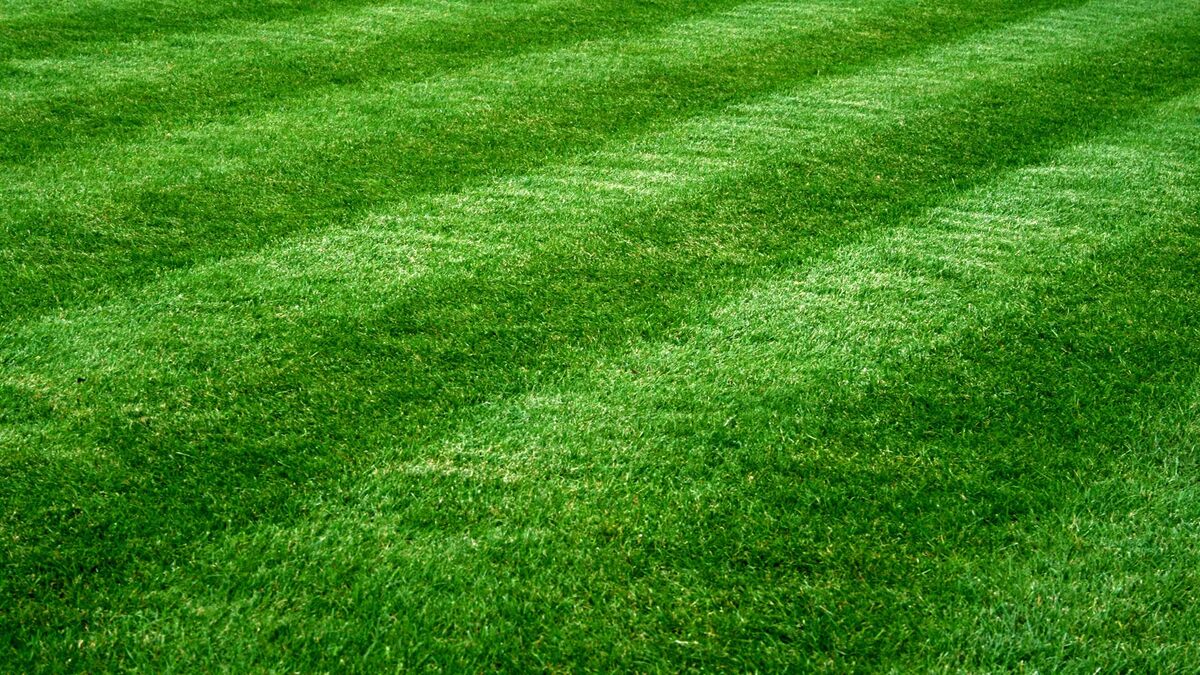
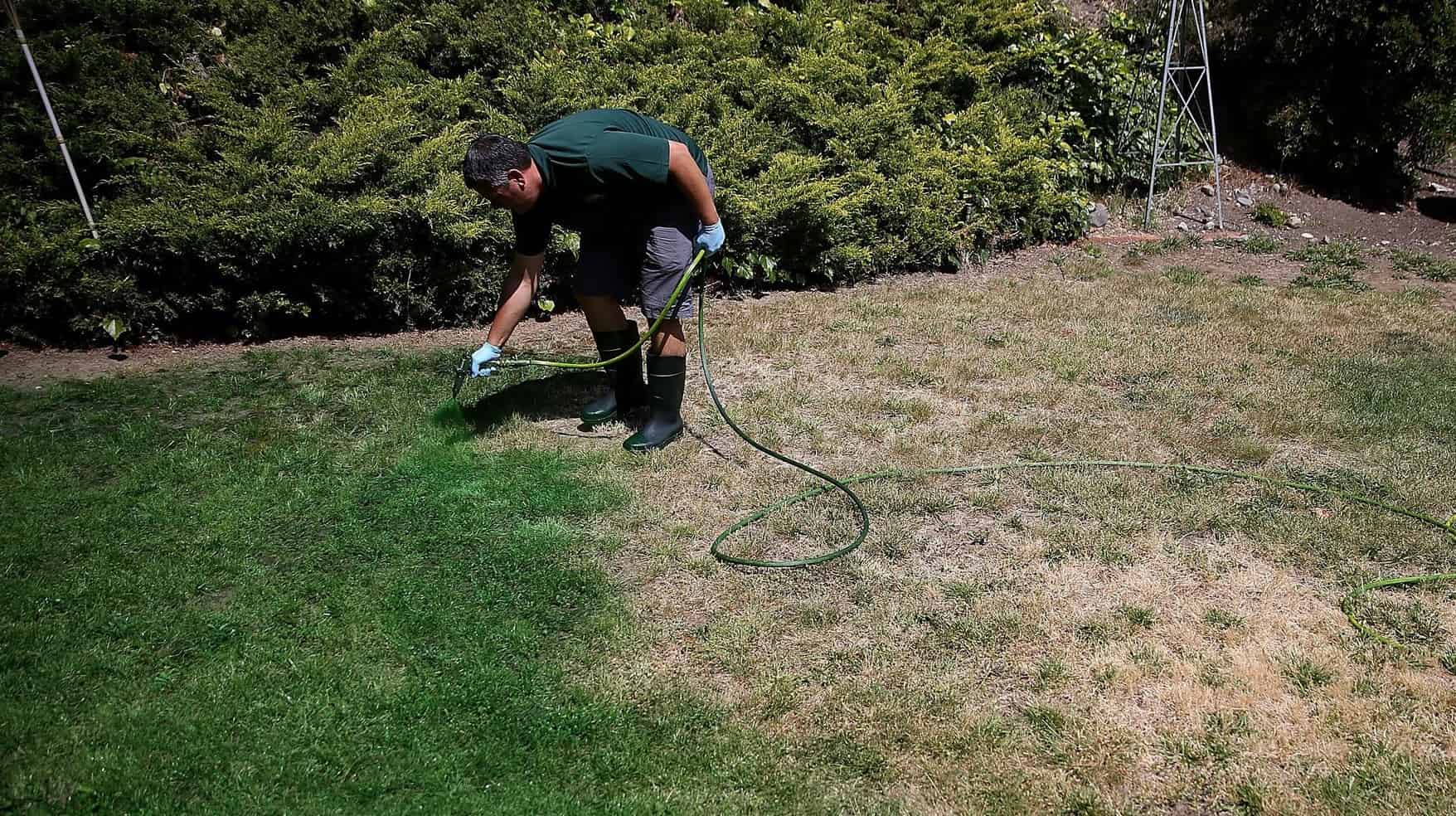
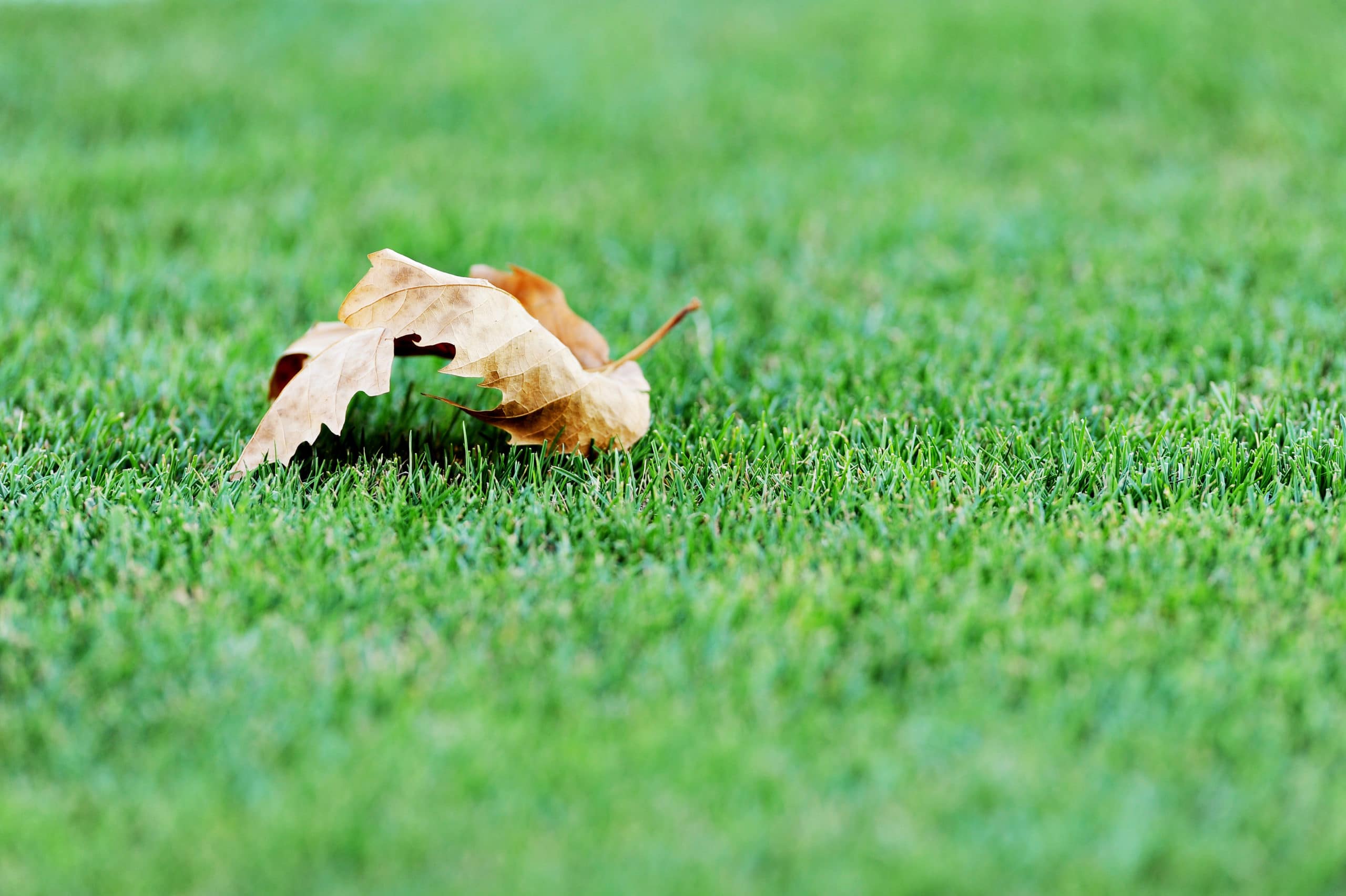
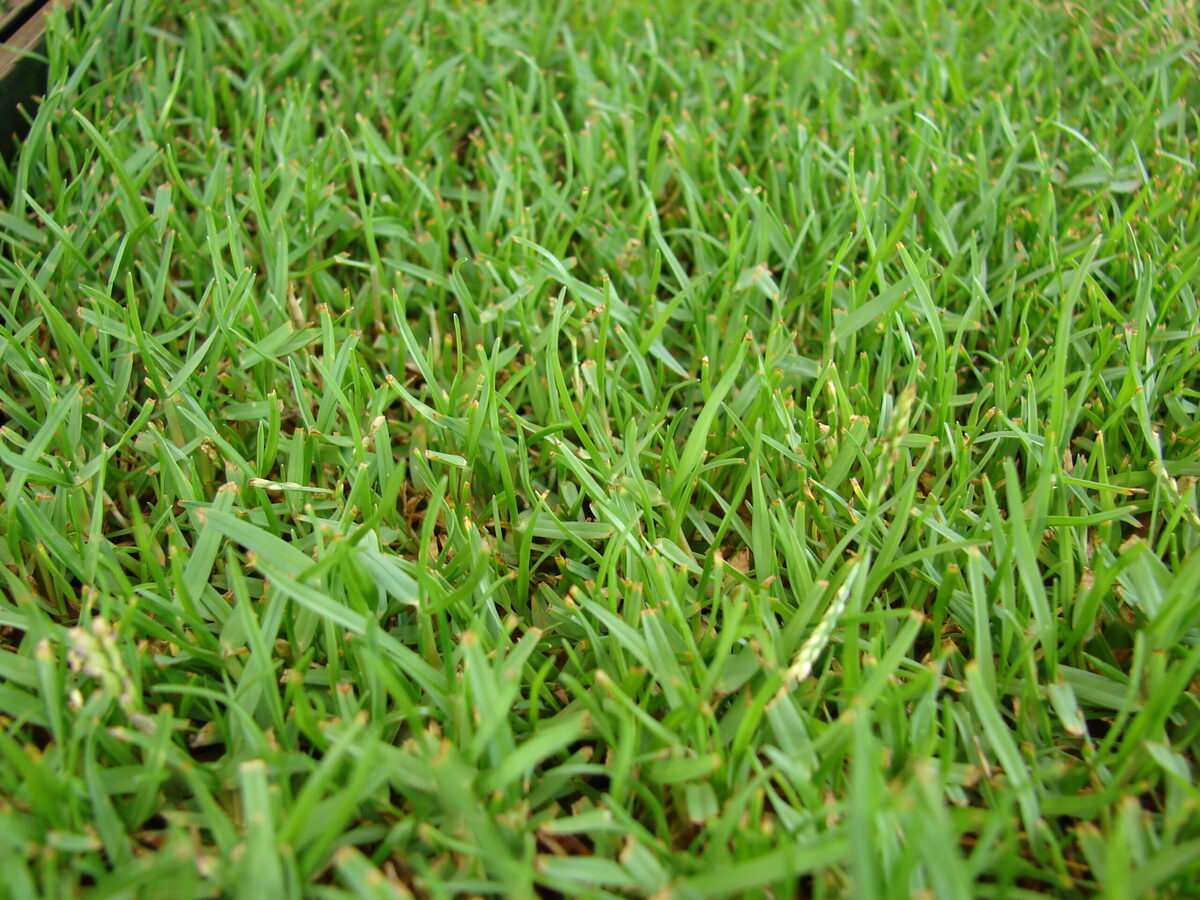
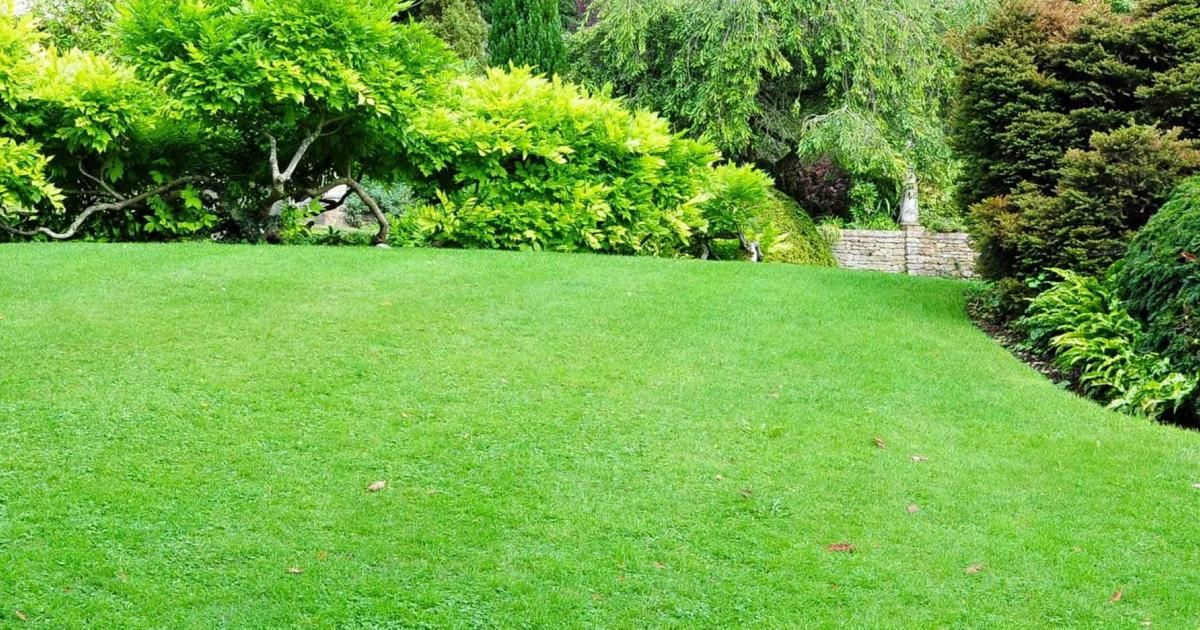



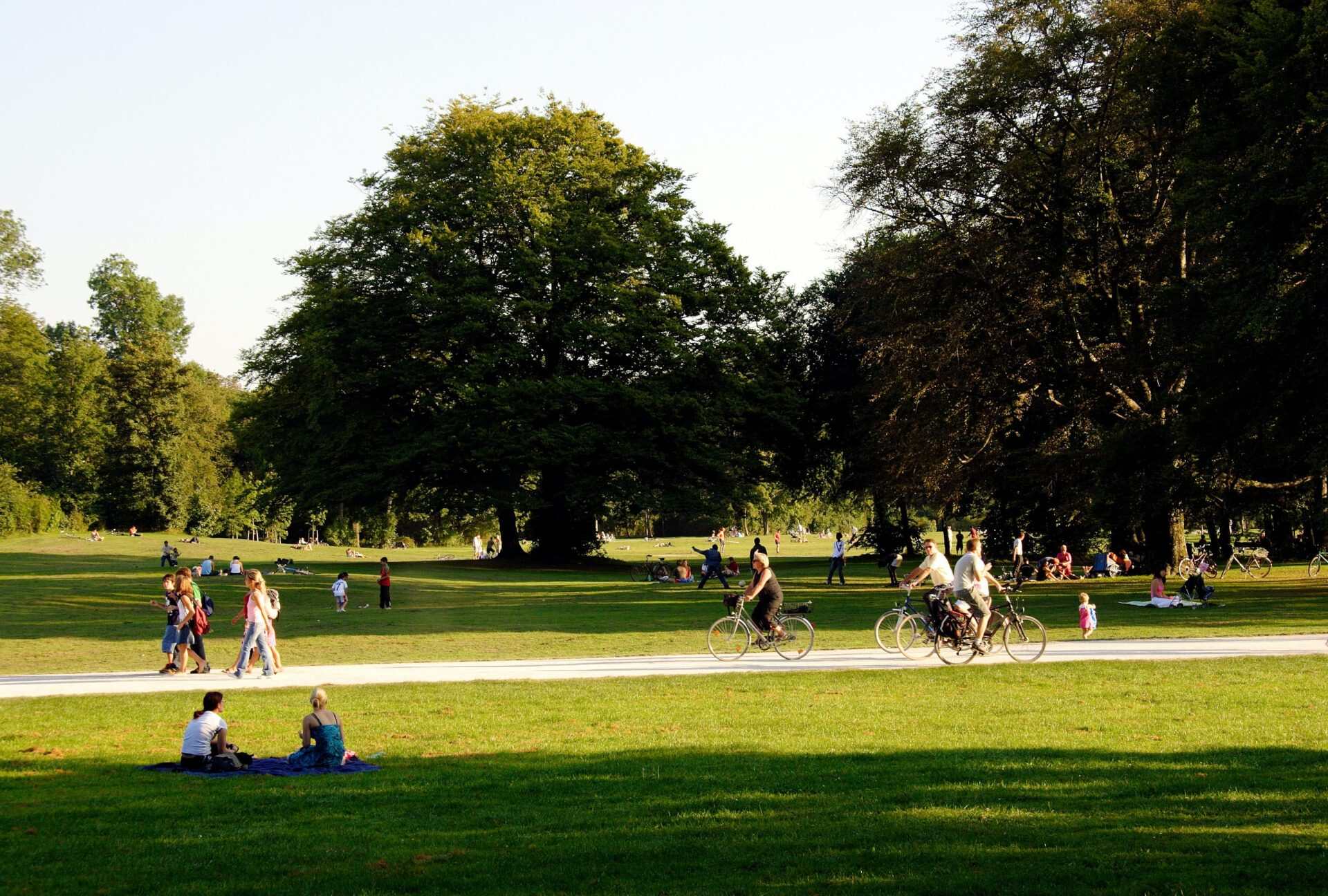
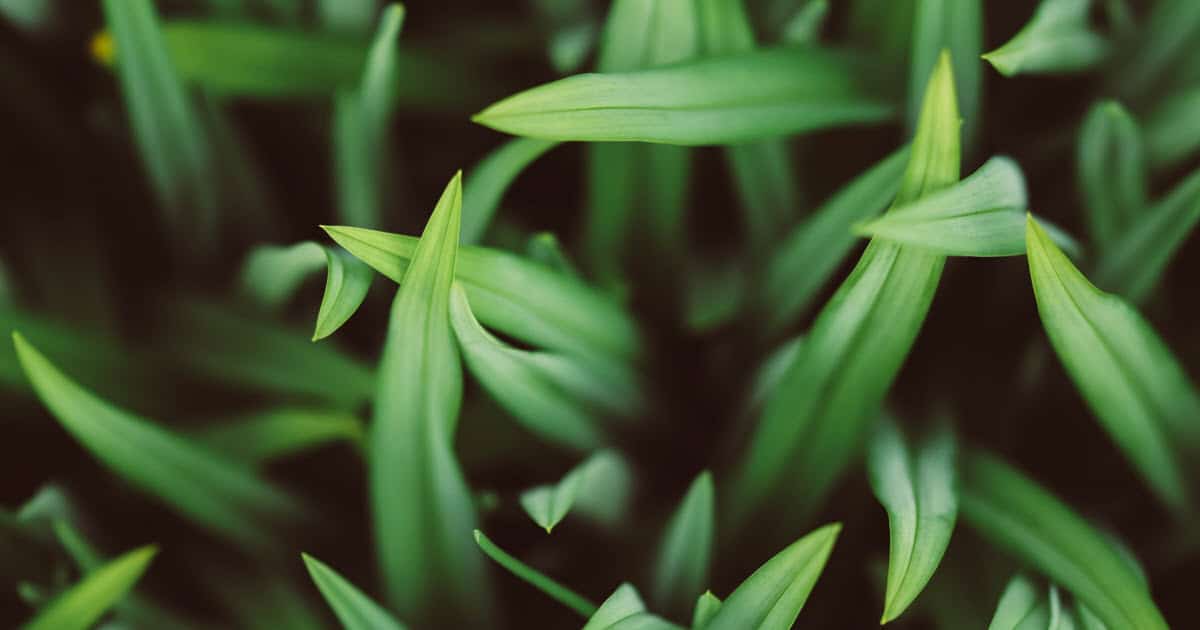
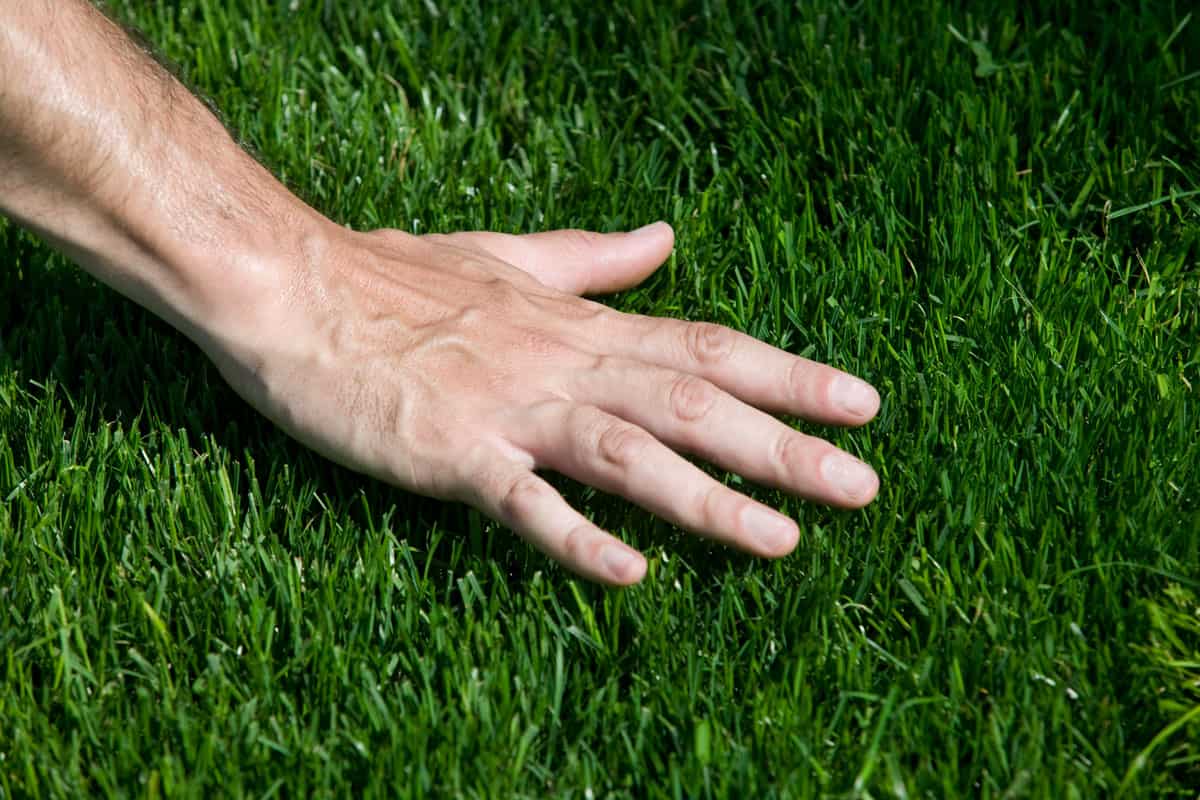
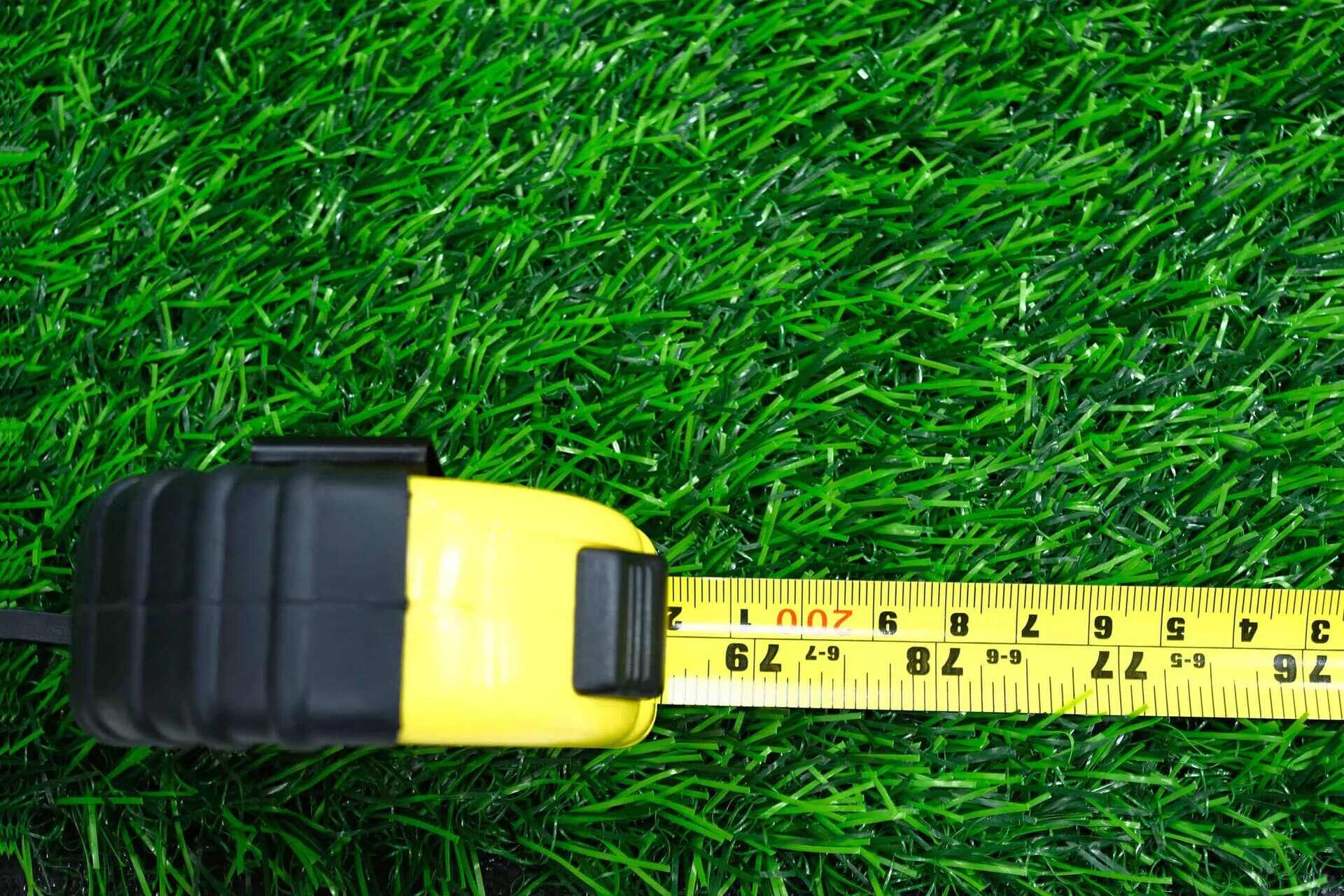
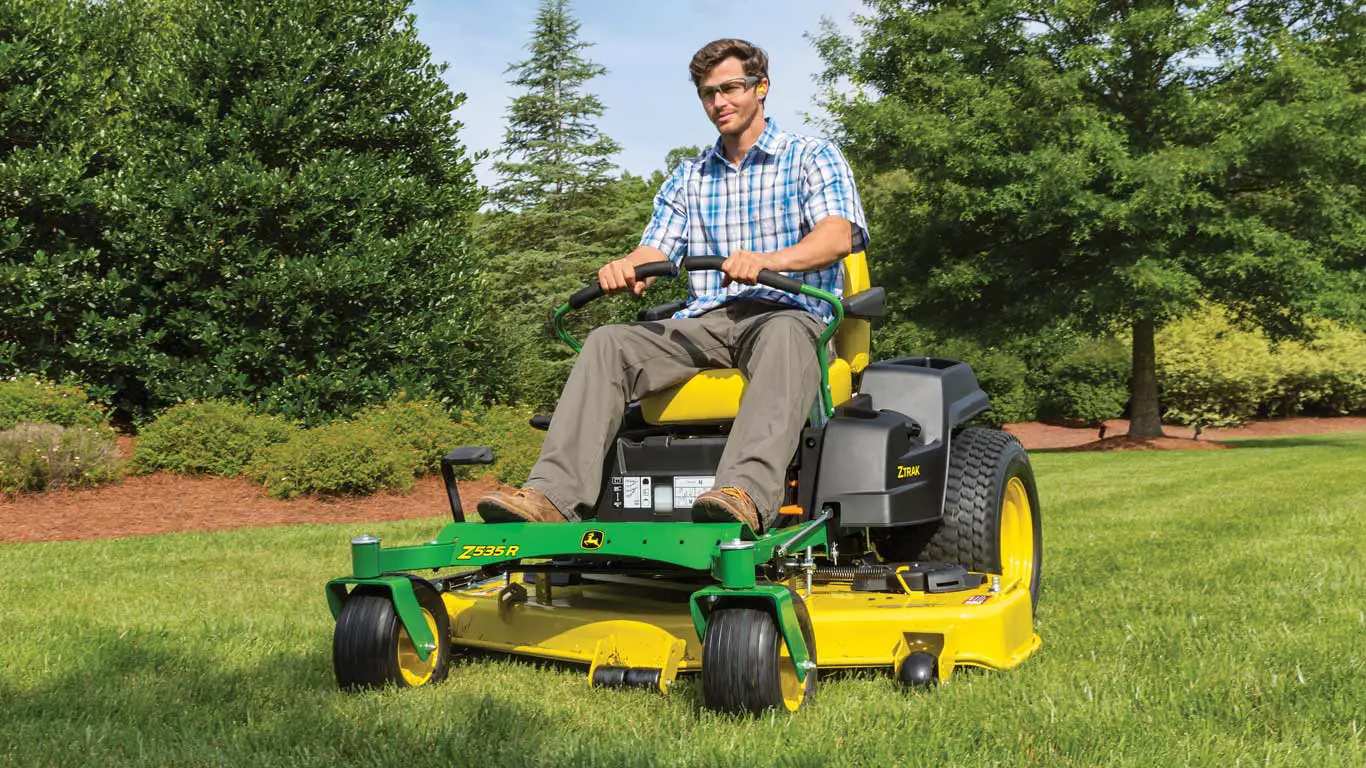

0 thoughts on “How To Turn Grass Green Again”